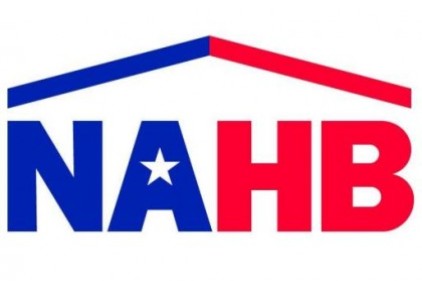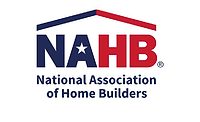Single-family 55+ HMI Rises to Highest First Quarter Reading Since 2008

Builder confidence in the single-family 55+ housing market for the first quarter of 2014 is up year over year, according to the National Association of Home Builders' (NAHB) latest 55+ Housing Market Index (HMI).
Compared to the first quarter of 2013, the single-family index increased four points to a level of 50, which is the highest first-quarter reading since the inception of the index in 2008 and the 10th consecutive quarter of year over year improvements.
"There are many factors contributing to the positive signs in the 55+ housing market," said Steve Bomberger, chairman of NAHB's 50+ Housing Council and president of Benchmark Builders Inc. in Wilmington, Del. "Rising house prices and low interest rates are helping baby boomers sell their existing homes at a favorable price and in turn, purchase a new home more suited to their current lifestyles."
There are separate 55+ HMIs for two segments of the 55+ housing market: single-family homes and multifamily condominiums. Each 55+ HMI measures builder sentiment based on a survey that asks if current sales, prospective buyer traffic and anticipated six-month sales for that market are good, fair or poor (high, average or low for traffic). An index number below 50 indicates that more builders view conditions as poor than good.
Two of the components of the 55+ single-family HMI posted increases from a year ago: present sales rose six points to 52 and expected sales for the next six months climbed nine points to 62. Meanwhile, traffic of prospective buyers held steady at a reading of 41.
The 55+ multifamily condo HMI increased one point to 39, which is the highest first-quarter reading since the inception of the index. Two of the 55+ multifamily condo HMI components showed increases compared to a year ago: present sales increased four points to 41 and expected sales for the next six months rose five points to 48. Traffic of prospective buyers, however, decreased six points to 32.
Three of the four 55+ multifamily rental indices showed slight declines in the first quarter. Present production dipped one point to 42, expected future production decreased three points to 45 and current demand for existing units dropped one point to 55. Future demand did show an increase of one point to 59.
"The 55+ segment of the housing market is stronger now than it was a year ago," said David Crowe, NAHB chief economist, "helped by factors like rising house prices, which has increased owners' equity and allowed them to buy in a 55+ community. But there are still some headwinds hampering a stronger recovery, as builders in many markets are facing tight credit conditions and a lack of lots and labor.
For the full 55+ HMI tables, please visit www.nahb.org/55hmi.
Looking for a reprint of this article?
From high-res PDFs to custom plaques, order your copy today!





